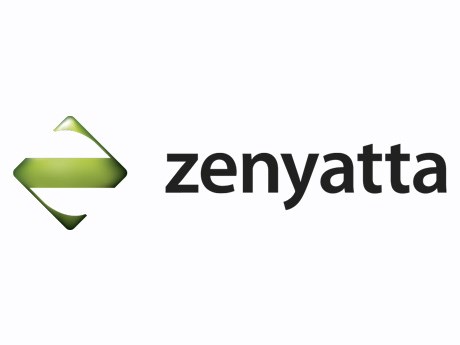Zenyatta Ventures Ltd. has announced successful initial test results from research carried out at the University of Sussex in the UK using graphene converted from the company’s high-purity Albany graphite deposit in northeastern Ontario.
Sussex tested the use of Zenyatta graphene in rubber composite and emulsion applications.
Sussex easily exfoliated Zenyatta graphite via sonication to produce graphene, which was then homogenously dispersed into a rubber composite. A several fold improvement in the electrical and thermal properties of the rubber composite along with increased strength and elasticity was realized by adding as little as 0.5 per cent Zenyatta graphene.
Sussex researchers have turned to nano-materials like graphene to develop high performance rubber composite sensors.
Rubber composites with multiple properties have potential sensor applications in wearable sports clothing and medical devices as health monitors.
“This further confirms the distinct and desirable properties of Albany graphite for conversion to graphene which was previously recognized by scientists in Israel, Japan and Canada,” noted Dr. Bharat Chahar, Zenyatta’s vice-president, market development.
Scientists at Sussex have also developed techniques to produce solid-stabilized water-in-oil suspensions known as emulsions. Exfoliated graphite or graphene can be used as the stabilizing solid for these emulsions. These emulsions can then be used in new applications where the control of electrical and thermal properties is critical for performance.
Examples of such applications include inkjet printing, thin wires, stress sensors and supercapacitors.
The Albany graphite deposit is a unique type of igneous-hosted, fluid-derived graphite mineralization contained in two large breccia pipes. The company is seeking end users for its graphite and graphene and is working with several partners on the development of a graphene-enhanced concrete. Other potential markets for graphite include Li-ion batteries, fuel cells and powder metallurgy. The outlook for the global graphite market is very promising with demand growing rapidly from new applications. It is now considered one of the more strategic elements by many leading industrial nations, particularly for its growing importance in high technology manufacturing and in the emerging “green” industries such as electric vehicle components.
The Albany graphite deposit is situated 30 kilometres north of the Trans-Canada Highway, power line and natural gas pipeline near the communities of Constance Lake First Nation and Hearst. A rail line is located 70 kilometres away with an all-weather road approximately 10 kilometres from the deposit. Albany graphite can be upgraded with very good crystallinity without the use of aggressive acids or high temperature thermal treatment, therefore having an environmental advantage over other types of upgraded high-purity graphite material.
Zenyatta has also announced the successful completion of a floatation pilot testing program at SGS Canada in Lakefield, Ontario. The resulting concentrate will be processed in a pilot purification plant which is expected to yield a 99.9 per cent carbon purity product for testing in battery, fuel cell and graphene applications.



.jpg;w=120;h=80;mode=crop)